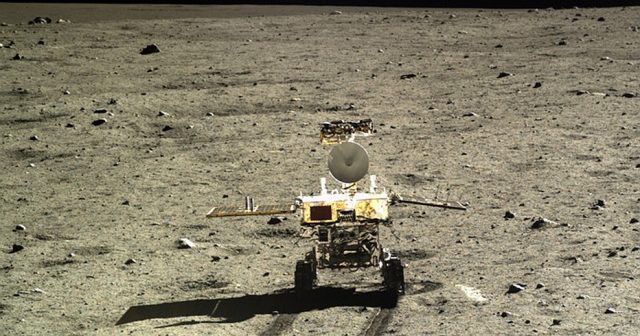
China plans to become the first nation to land a probe on the far side of the Moon, according to Xinhua News Agency, the country's official press organization.
Launching possibly as early as 2018, the mission represents the next step in China's plans to explore the Moon with robotic probes and, within the next decade, to return a couple of kilograms of lunar material to Earth. The proposed Chang'e-4 probe follows the successful soft landing of the Chang'e-3 probe on the near side of the Moon in December 2013.
Although the new probe was built as the engineering backup to the Chang'e-3 lander, Chinese officials said the structure could handle a larger payload. China plans to use the probe to study "geological conditions" on the far side of the moon. The Chang'e probes are named after the Chinese goddess of the Moon.China has also offered foreign countries the opportunity to participate in its lunar exploration programs. In contrast to NASA, Europe and Russia have both signaled their interest in further studying the Moon and likely landing humans there, before moving on to Mars. Many countries and businesses see potential value in ice at the lunar poles and rare minerals in the lunar soil. The US Congress recently passed a law to legalize the mining of these resources.
Humans have studied the far side of the Moon from above since 1959, when the Soviet Union's Luna 3 spacecraft returned the first grainy images of its pockmarked surface. But no humans or robotic spacecraft have yet landed there.
reader comments
100